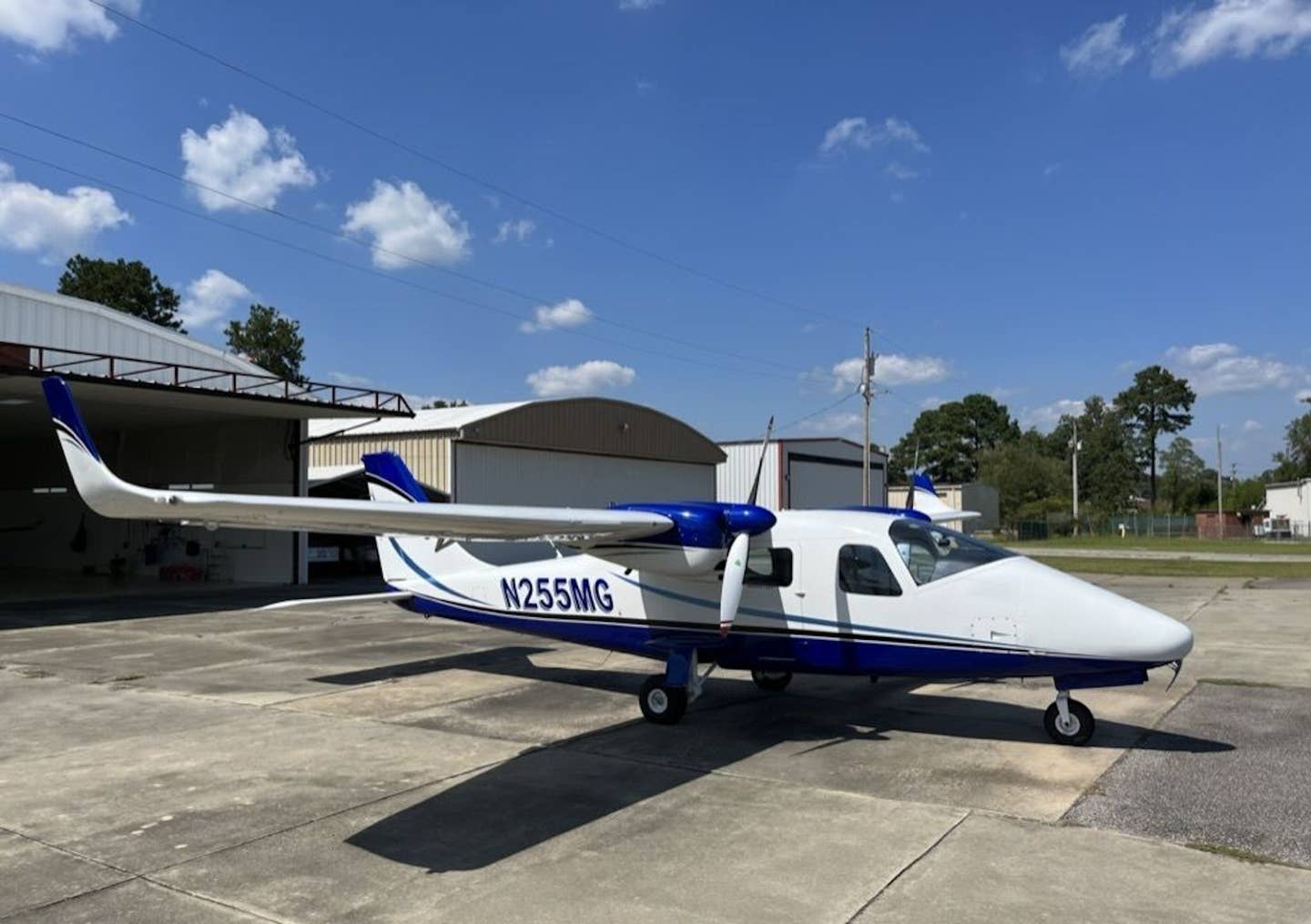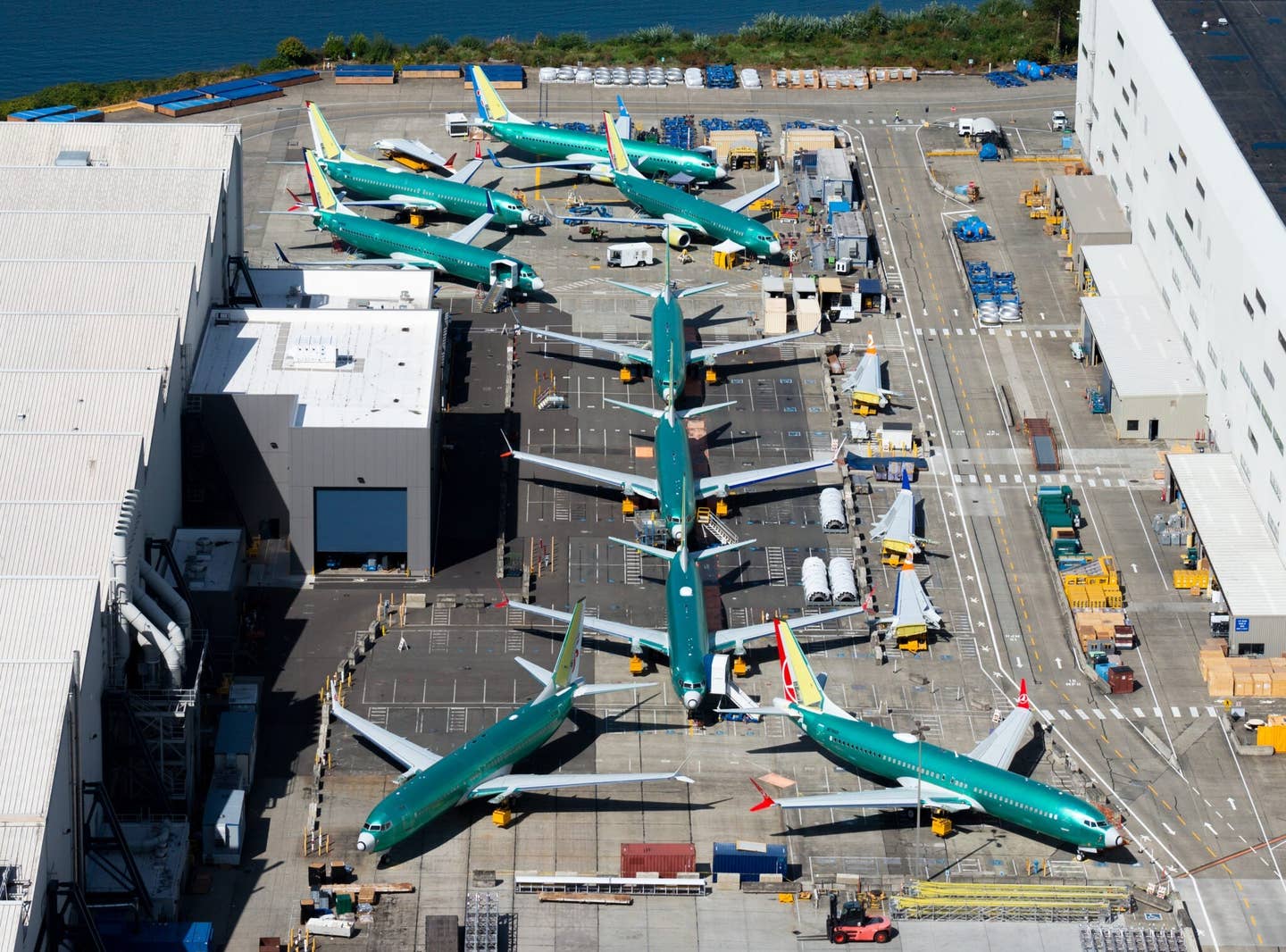Sonex Shares Progress on Highwing Development
Sonex updated via webinar on its Highwing development, with a plan to debut the prototype at EAA AirVenture 2023.

The Sonex Highwing features a cantilever wing and center section enabling the Lexan polycarbonite windshield to remain a feature. (Sonex Aircraft]
With a development timeline stretching back to 2010, the Sonex Highwing has made significant progress in development since it was announced in August 2021.
In a webinar delivered on Tuesday, Mark Schaible, president and owner of Sonex, outlined in great detail just how far along the company is in bringing the prototype—and eventual kits—to life. Schaible also explained the desire to create ELSA and SLSA versions, in addition to traditional plans and quick-build kits.
“I’m really excited… to tell you more about it,” said Schaible of the Highwing. Since it was first announced in 2021, no update has been given though plenty of the engineering work has already been accomplished. The high-wing design was deemed critical by Schaible and the Sonex team in addressing a new segment. There are pilots who simply prefer a high-wing airplane: “That’s a huge percentage of the marketplace that we’ve never spoken to,” he said.
“We have not started cutting metal yet, so all I’ll show you are drawings,” he continued before launching into the review.
Cantilever, Monocoque Design
Like many Sonex aircraft, the Highwing is intended for operations in both the utility and aerobatic categories. Therefore, its design rests on a cantilever wing and monocoque fuselage. “The leading edge goes right through,” said Schaible, with a center section across the top of the cockpit, in order to retain the Lexan polycarbonate windshield with its impact-resistant qualities.
The Highwing targets another market for Sonex, as it’s deemed easier to get in and out of: “We hear a lot about the aging pilot population, how we need to make new pilots, we don’t want to leave those of us getting older in the dust,” said Schaible. A significant part of the market is in older builders, who now have the means, and the time to build—“and they don’t want to climb up on the wing anymore.”
Schaible also pointed to another market segment the Highwing can serve: pilots with disabilities—disabled veterans, for example. “[There’s an] opportunity to serve those pilots,” said Schaible, along with serving taller pilots—some just don’t fit under the canopy dome but would fit into a high-wing cockpit’s “box” shape.
While the vast majority of high-wing designs seem to cater to the STOL crowd, that’s not the segment Schaible wants to serve best: “Aerobatic high wings—with a higher cruise speed—and that’s what we want to do.”
Sonex engineers looked at Steve Wittman’s Tailwind for inspiration while “applying the reality check philosophy to the airplane, keeping it reasonable to afford, to build—a lot of bang for the buck,” said Schaible.
Among the design requirements:
1. More useful load
2. Cantilever wing, aerobatic
3. Easy ingress/egress—big door; center stick, dual stick, step-in height
4. Good looks
5. More cockpit room
6. More baggage space
7. Aux fuel options
8. BRS options
9. Experimental/amateur-built (E/AB), with future ELSA and SLSA purchase options
10. Fit-finished a/c in shipping container
Kit vs. Production?
One of the more interesting elements of the presentation included the desire to provide not only a traditional or quick-build kit option, but also an ELSA kit version that would comply with the ASTM consensus standards. Advantages to this approach include the removal of the “51 percent rule” that requires the amateur builder to produce 51 percent of the effort in the build process. It allows for up to 99 percent of the model to be built by the OEM. Another advantage is the 5-hour Phase 1 flight test versus the standard 40 hours for that first flight phase—though Schaible recommends more than that and going through EAA’s flight test manual.
Further, any owner can take courses to hold the repairman certificate and perform the annual condition inspections—not just the original builder and certificate holder.
But the disadvantage of ELSA would also come with the category, and that’s primarily the weight limit and the fact it must conform to the OEM’s prototype of its SLSA, including avionics. And it will cost more.
Sonex polled the roughly 400 webinar attendees for their preference between the traditional kit, quick-build kit, ELSA, and SLSA, with 47 percent preferring the traditional kit and 36 percent the quick-build—and only 17 percent opting for an LSA path. However, the webinar attendees came mostly via Sonex’s mailing list and would perhaps be biased towards the kit-building options with more room for builder flexibility.
It’s Schaible’s hope that the LSA program will develop, as it’s a market he sees potential in. “We were really speaking to the wrong audience about SLSA production,” he said of the poll in a follow up with FLYING. “I think that if we were presenting to a group of AOPA members, the response to that poll might have been the exact opposite, with more folks wanting the turn-key, fly-away SLSA. I’m also very interested in pursing SLSA sales to the primary training market, where others have already secured a foothold. I think this aircraft will be more attractive to CFIs and small flight schools.”
Preliminary Specs
While most of the elements are subject to change, one key target remains in place: to allow for conformance to the light sport category under its current structure, with a 1,320 pounds max gross weight limit.
To this end, Sonex is aiming for an empty weight goal of 720 pounds, “a difficult goal,” though “we are tracking really well on that goal,” said Schaible. With that in mind, the company intends several engine options similar to those its other models utilize.
Sonex has three business units—Kit Aircraft, Sonex Aerospace which focuses on unmanned aerial systems, and Aeroconversions Products. Aeroconversions produces the AeroVee and AeroVee Turbo engines, along with accessories, in a discrete business so that it can serve builders of other kits besides those from Sonex.
The AeroVee 80 hp and AeroVee Turbo 100 hp powerplants will be options for the Highwing, along with the Jabiru 3300 (120 hp), the Rotax 912 (100 hp), and the UL Power (97 to 130 hp) engines.
The Highwing will essentially use the B model’s 20-gallon fuel tank, mounted ahead of the instrument panel, with 5-gallon auxiliary fuel tanks in each wing. The resulting 30 gallons is expected to provide up to 5 hours plus reserves at the generally projected fuel burn of 5 gph (depending on the engine installed plus other final factors).
Stall speed is anticipated to remain close to 40 knots, with the maximum speed for the LSA category readily complied with (120 kcas at sea level).
Other features will likely include a center stick or dual stick option, removable wings, and a BRS ballistic recovery parachute system. The high-wing design enables it, as does the Highwing’s higher max gross weight—as opposed to other Sonex designs that precluded it.
Prototype at Oshkosh?
Plans are in the works to start cutting metal for the prototype within the next few weeks, according to Schaible. This keeps the Oshkosh, Wisconsin-based manufacturer on target for its date with an important event this summer across the airport.
“The prototype debut is planned for EAA AirVenture 2023,” he said, and he hopes the crowds match the excitement generated by competing experimental OEM Van’s Aircraft last summer when its high-wing design, the RV-15, debuted.For more on the design, the webinar is available on Sonex’s YouTube channel, or visit the update page on its website.

Subscribe to Our Newsletter
Get the latest FLYING stories delivered directly to your inbox






